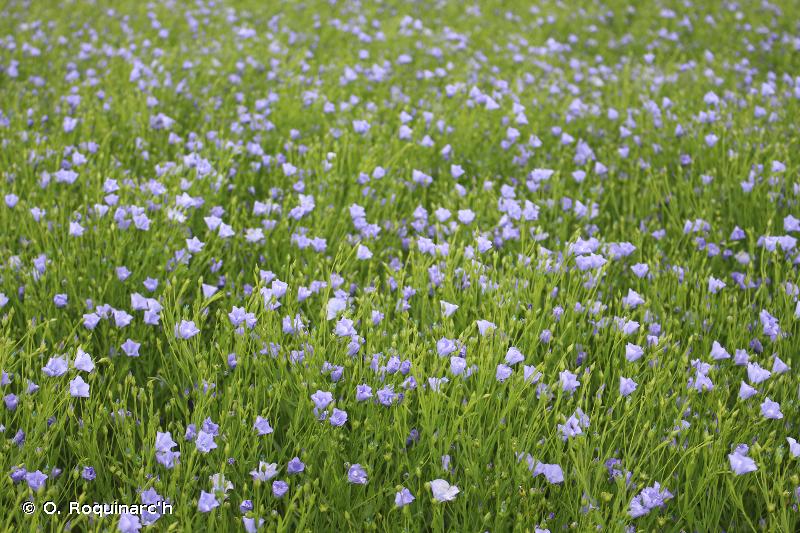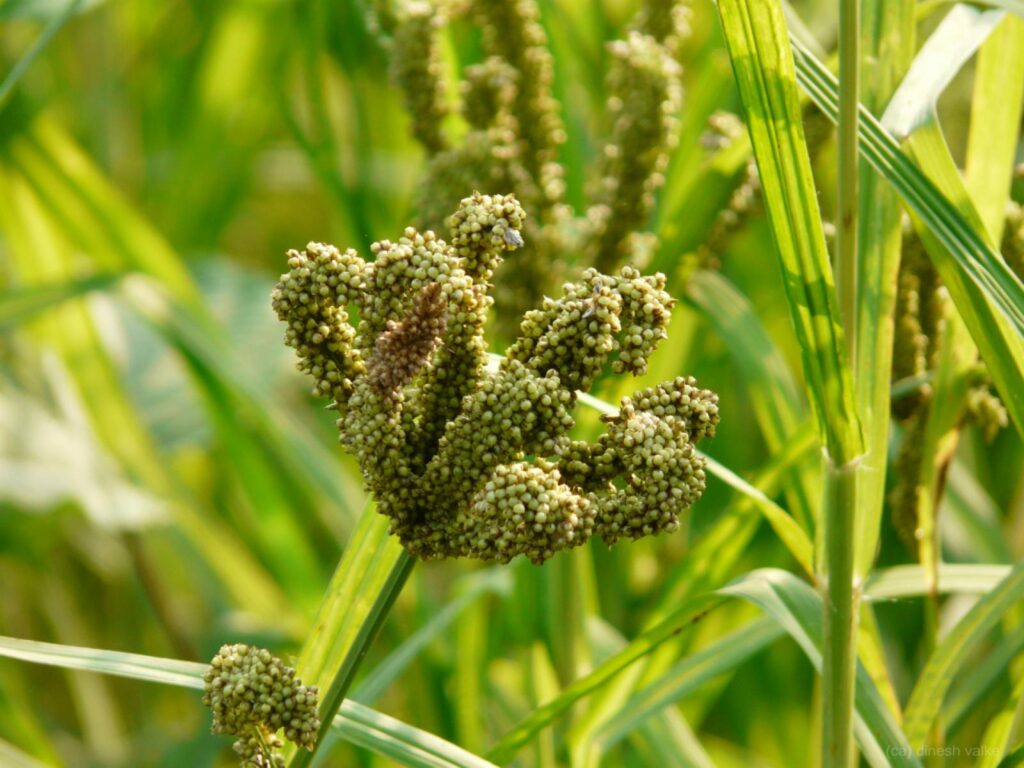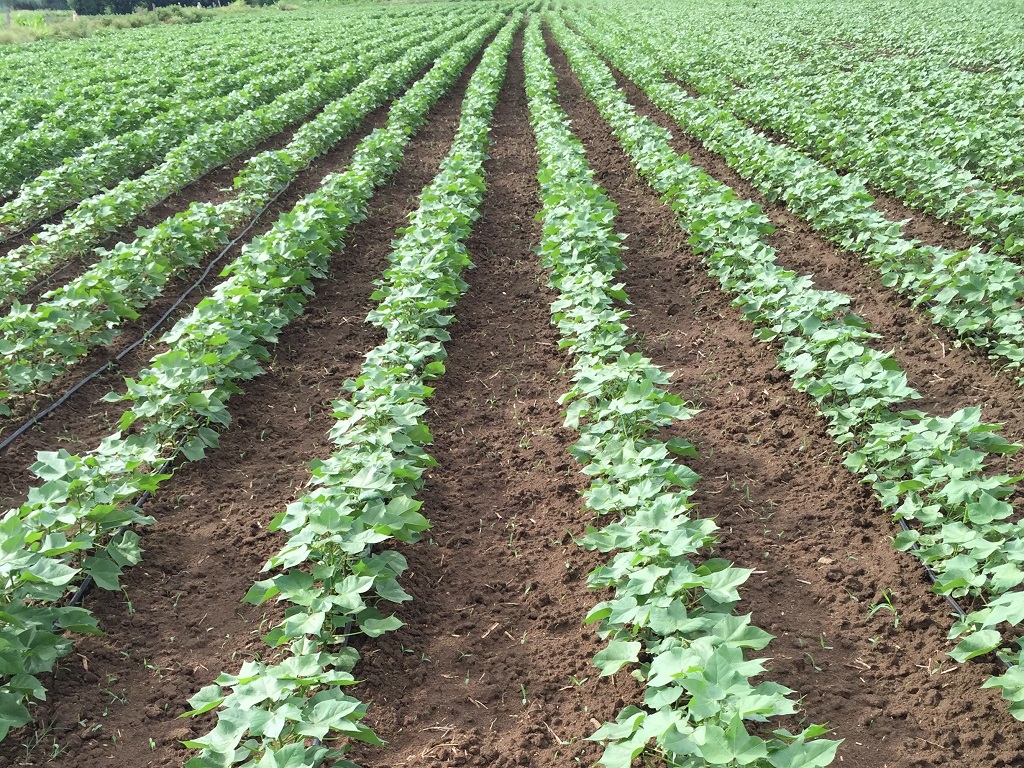Molecular Characterization and Diversity Analysis viz SSR Markers in Linseed (Linum usitatissimum L.) Germplasm
Introduction Linseed or flax (Linum usitatissimum) is a multipurpose crop grown in many food, feed, fibre, and industry environments. The availability of diverse germplasm of characterization data and evaluation data is of greatest importance to realize the potential of flax in agriculture. The fibre from flax is a widely used and valuable raw material for …












